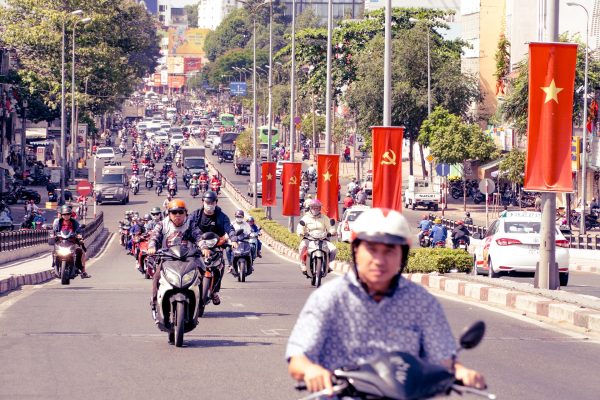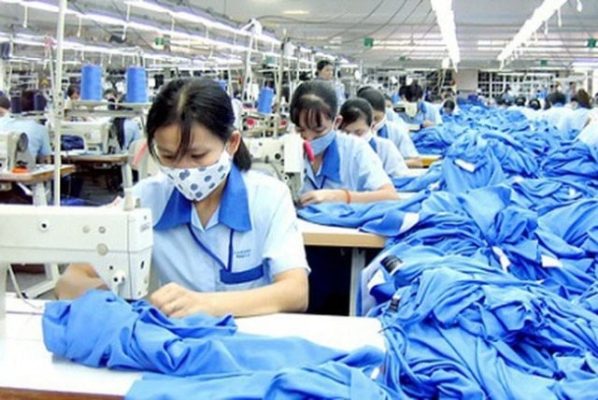Vietnam is a rising star in the global manufacturing scene, offering opportunities for businesses to diversify their supply chains and access a growing market. However, sourcing from Vietnam is not without its challenges. This article will explore the main challenges businesses face when sourcing from Vietnam and how to overcome them with effective strategies.
How to deal with Infrastructure and Transportation Issues?
One of the main challenges businesses face when sourcing from Vietnam is its infrastructure and transportation network. Compared to China, Vietnam’s infrastructure is less developed, which can result in higher transportation costs and longer delivery times.

Suggestion
Businesses should plan their logistics carefully and work with reliable logistics providers with experience in the Vietnamese market. Businesses should also consider weather conditions, customs clearance, and local regulations when planning transportation routes.
How to Find Suitable Suppliers for Your Products
Another challenge businesses face when sourcing from Vietnam is finding suppliers who meet specific product requirements. Vietnam’s manufacturing sector is less diversified than China’s, which means fewer suppliers may be available for certain product categories. Additionally, some suppliers may have limited production capacity or quality control systems, which can affect the scalability and consistency of the products.
Suggestion
Businesses should conduct thorough market research to identify potential suppliers and evaluate their capabilities and reputation. Businesses should also consider sourcing some products or components from other countries or regions if they cannot find suitable suppliers in Vietnam.
How to Reduce the dependence on China
Although Vietnam is often seen as an alternative to China for sourcing, it is important to note that many Vietnamese suppliers still rely on China for raw materials and components. This can create supply chain vulnerabilities and increase the risk of disruptions due to trade tensions, tariffs, or natural disasters.
Suggestion
Businesses should diversify their sourcing strategies and look for local Vietnamese suppliers or suppliers from other countries who can provide raw materials and components. You could also build strong relationships with suppliers and communicate regularly to avoid potential issues.
How to Ensure Product Quality and Consistency
One of the most important challenges that businesses face when sourcing from Vietnam is ensuring product quality and consistency. Some Vietnamese suppliers may lack robust quality control systems or standards, which can lead to product quality variations and damage the businesses’ reputation.
Suggestion
Businesses should perform due diligence on their potential suppliers, including factory audits and product inspections. Businesses should also work with reputable third-party quality control providers who can verify that the products meet the specifications and standards before shipment.
How to Address Labor Skills and Shortages

Vietnam faces a shortage of skilled labour in some industries, which can affect product production capacity and quality. Businesses should assess their labor needs and look for suppliers who invest in training and development programs for their workers. They can also establish long-term relationships with suppliers and foster a collaborative environment to ensure a stable supply of skilled labor.
Conclusion: How to Navigate the Sourcing Challenges in Vietnam Successfully
Sourcing from Vietnam can offer many benefits for businesses, such as lower costs, access to a growing market, and diversification of supply chains. However, businesses should also be aware of the challenges of operating in Vietnam and how to overcome them with effective strategies. By planning, conducting research, building relationships, and implementing quality control measures, businesses can successfully navigate the sourcing challenges in Vietnam and leverage its manufacturing potential.




Related Posts